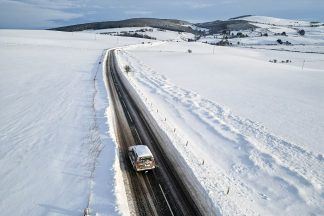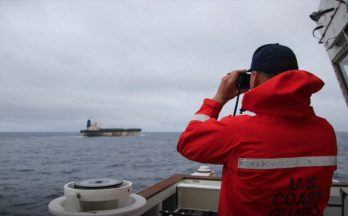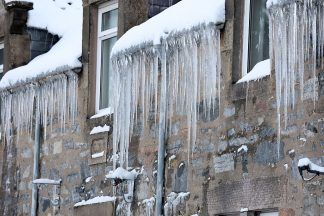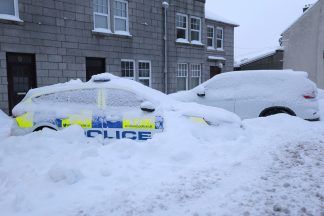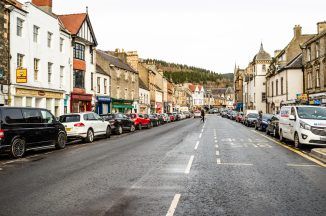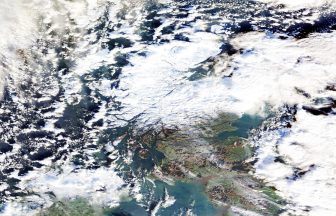Can you believe we’re just four weeks away from the start of meteorological autumn?
And to rub salt into the wounds as we limp into August, temperatures this July have been rather underwhelming.
Last night, the thermometer registered a low of 1.7C in Tyndrum and Tulloch Bridge.
It was so cold last night that Bishopton in Renfrewshire set a new July low with 5.1C, beating its previous record of 5.3C set in 2001.
 STV News
STV NewsYes, it’s been far from a washout, and we have had some lovely days to enjoy the great outdoors, but temperatures have been reluctant to bounce like they’ve done in recent years.
Temperatures in London have been in the low 30s on a few occasions this July, but for us, it’s only thanks to Floors Castle in the Borders (about as close to England as you can get) that we can say we’ve managed to breach the mid 20s.
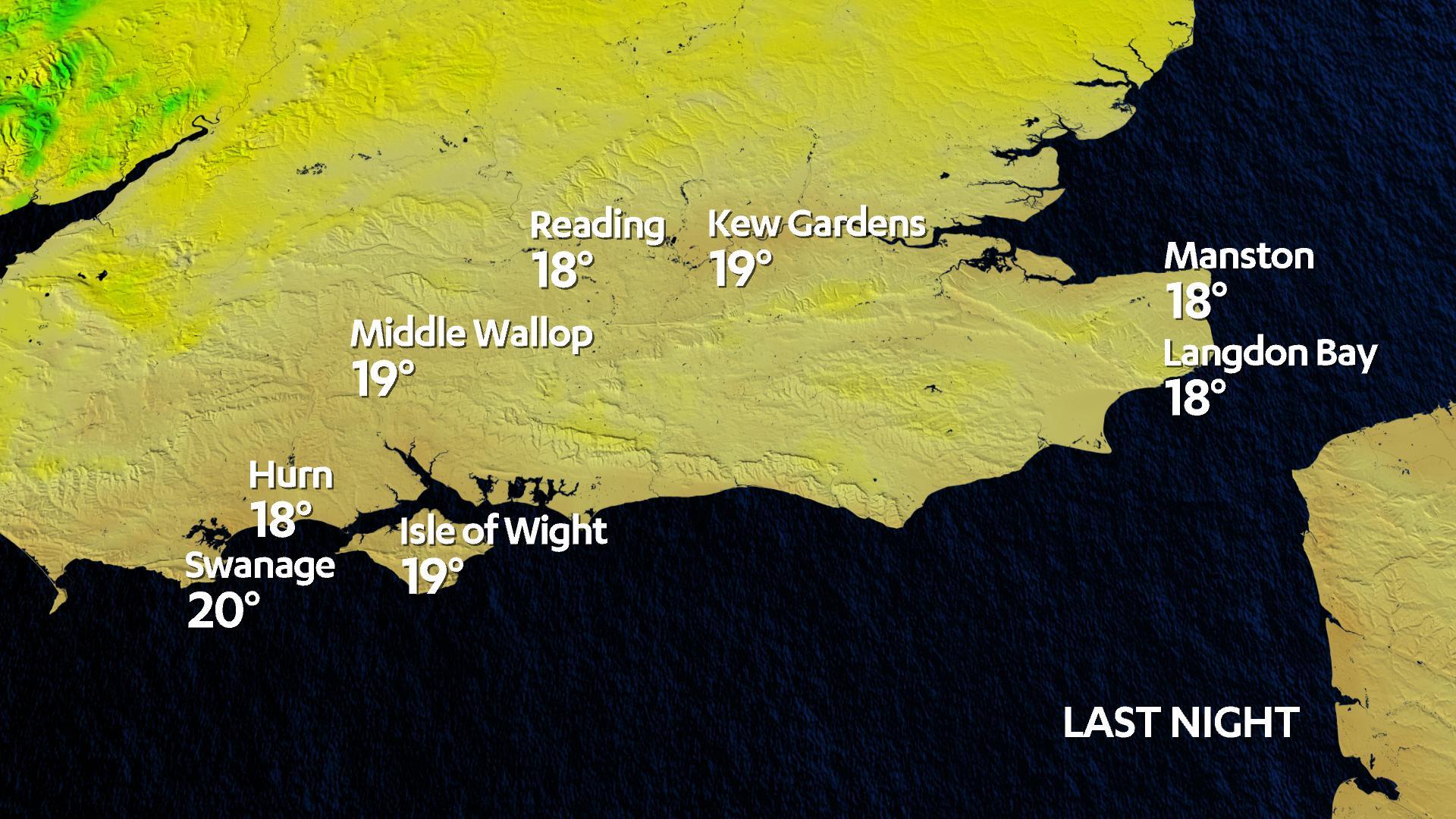 STV News
STV NewsThe castle recorded 25.2C on July 19 – barely scraping over the 25 degree mark.
But why is this significant? Well, in every July since 2018 we’ve seen the mercury reach around 30C – a much rarer occurrence just a few decades ago.
And in every July since 2010 we’ve managed to beat the figure we’ve achieved this month. The highest recorded in July 2010 was 24C in Dunbar.
July 2007 was even worse with the mercury only managing a top spot of 23C in Motherwell and Aviemore. You have to go all the way back to 1960 to find an even worse July.
Our maximum of 25.2C this July ranks us 69th in a list of July top temperatures since 1940. The record 34.8C in July 2022 is streaks ahead of this year and remains very safe.
But what does this do for the narrative of climate change? Surely to rank 69th in a list of the last 84 Julys has skewed the rising trend in temperatures.
Yes, it definitely has created a dip in the graph, but when you look at any temperature chart it’s never a straight line, and taking a top temperature doesn’t tell us the whole story for the month – which was actually pretty average overall.
As we head into August our mixed fortunes continue with predominantly westerly winds looking more likely which means rather average conditions with spells of rain at times.
For any heat that would push Scotland into the high 20s or low 30s we’d need a southerly air flow coming from Spain, which doesn’t look possible for at least the next few weeks with low pressure systems becoming more dominant.
Follow STV News on WhatsApp
Scan the QR code on your mobile device for all the latest news from around the country


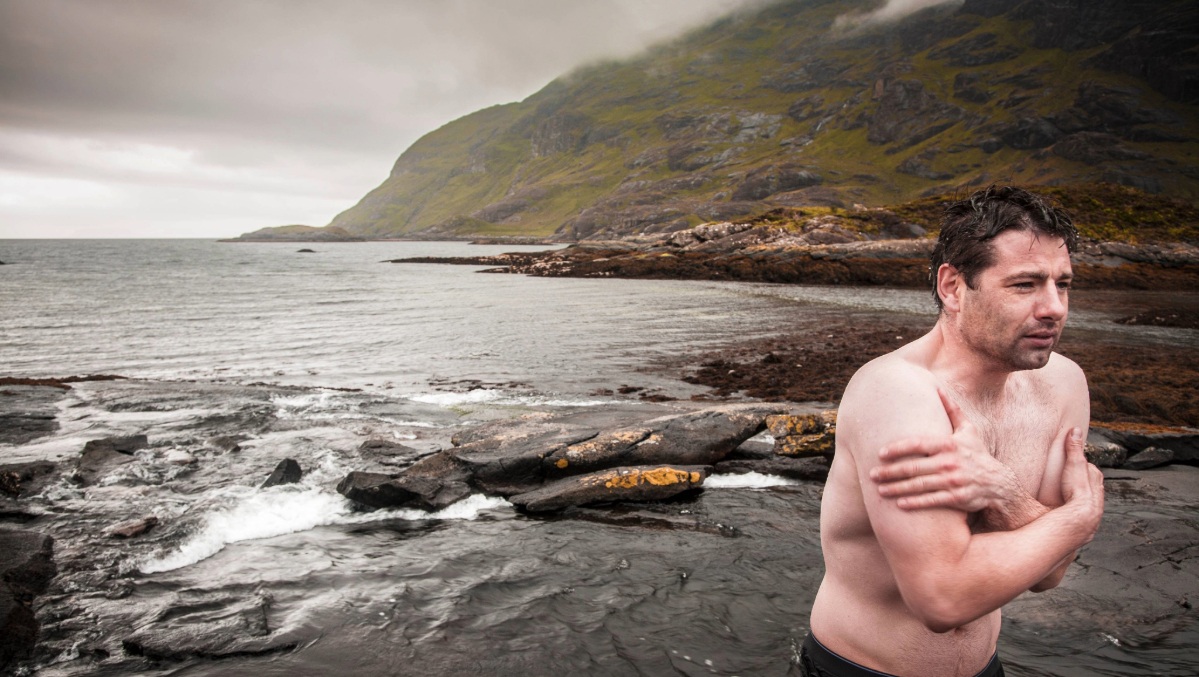 Getty Images
Getty Images

